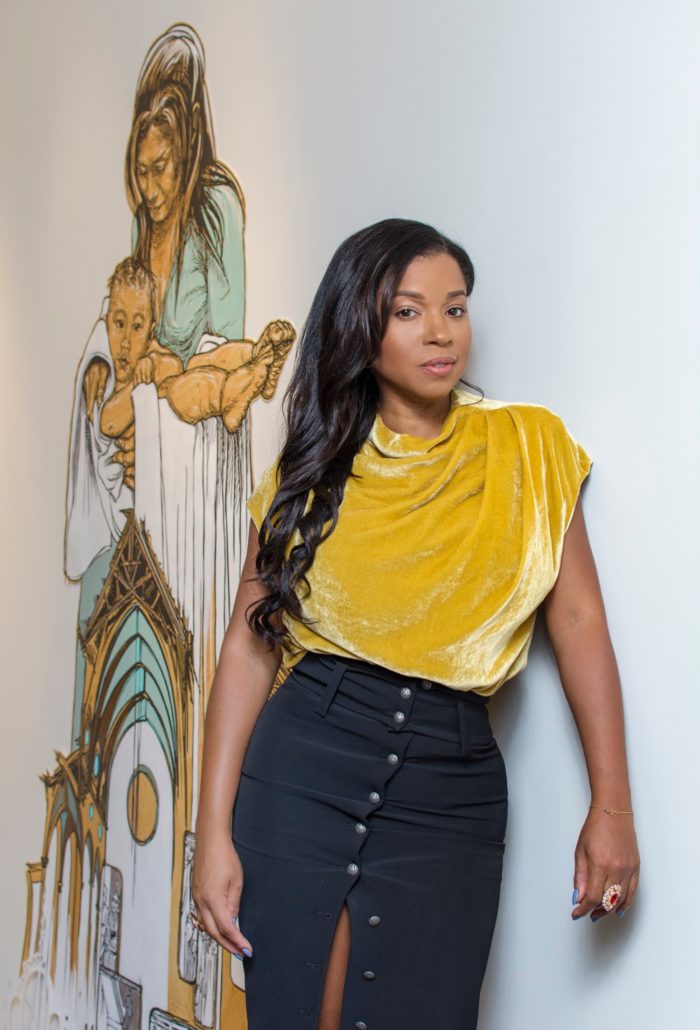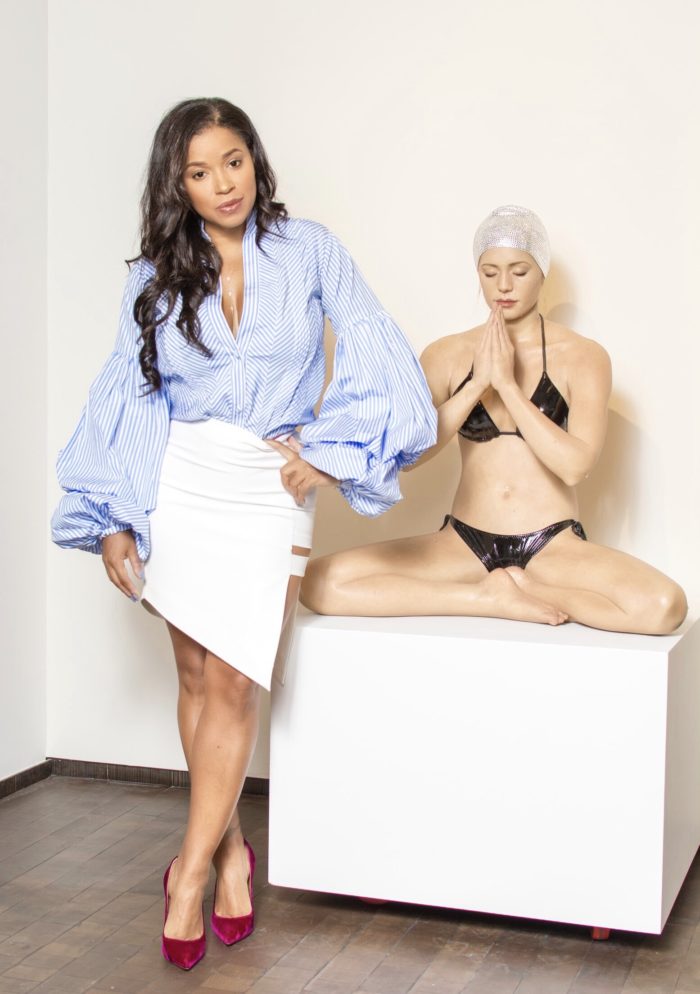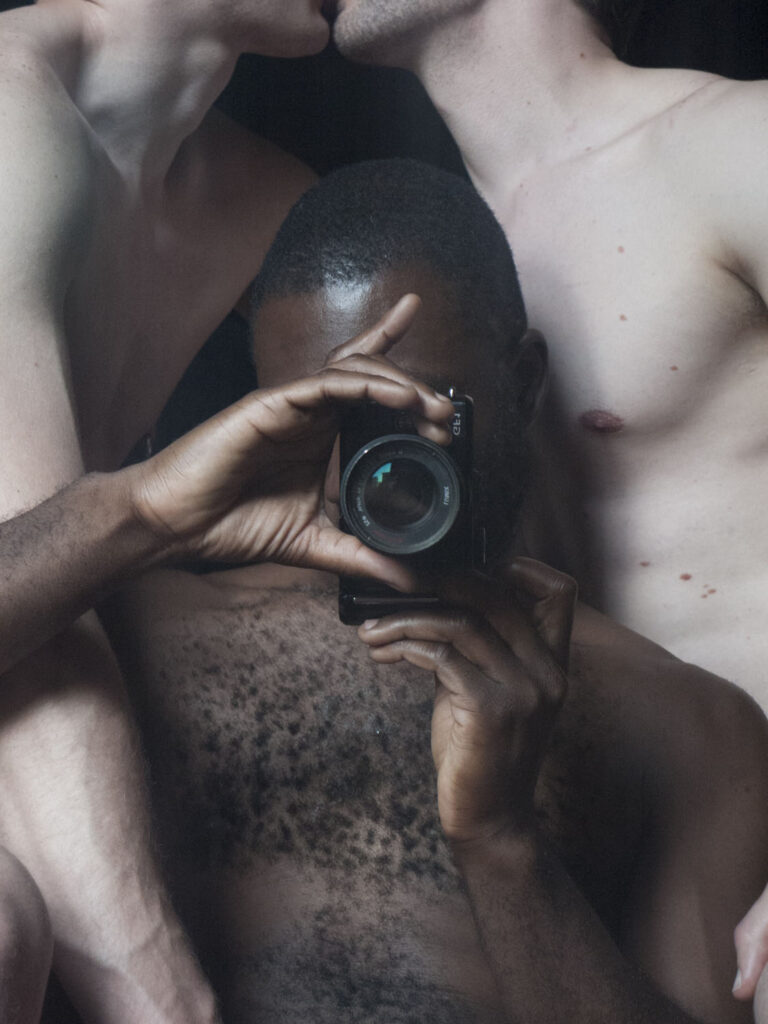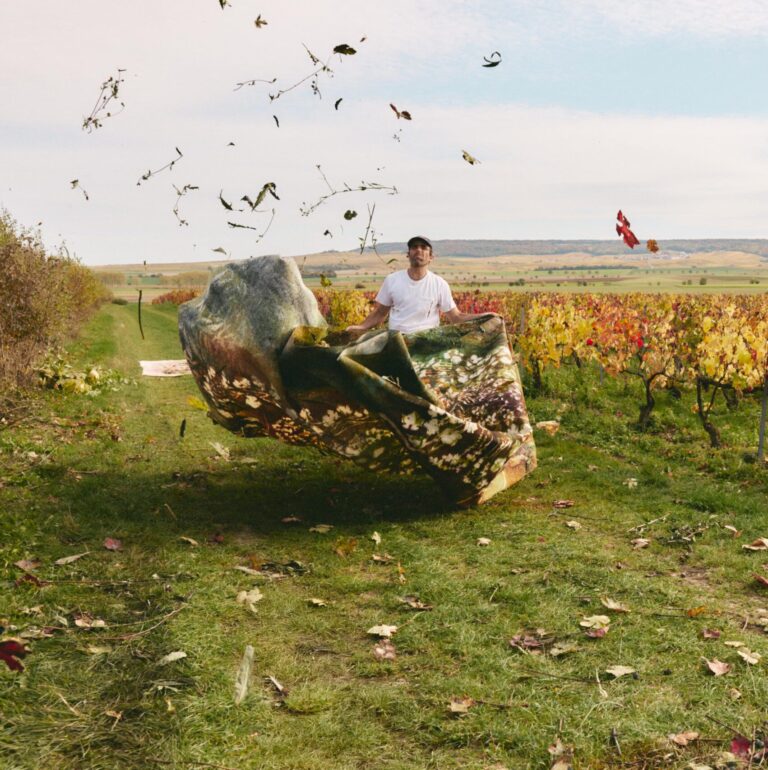 Pen + Brush from October 12 to December 9.
Pen + Brush from October 12 to December 9.
“King Woman” is a powerful exhibition name – what are you trying to convey with the title? The title embodies my goal for the show: to highlight work by women, especially women who question history and deny limitations. But also are persevering in their art despite social mores and norms. These artists have found a way to acknowledge their gender but at the same time move beyond it by owning it in an unabashed way-showing that women can be more than a Goddess or Queen, that they are capable of being ‘King’-the pinnacle of power, strength, and skill.
What criteria did you use to select the artists featured in the exhibition? When I was looking at artists for “King Woman,” I considered visually what I thought a “King Woman” was, and what that meant for artists, specifically how that translated into visual art created by women. The artists I have selected for “King Woman” demonstrate a high level of skill, both technically and in originality, while evoking a deeply human connection with viewers. Humanity is what interconnects all these artists.
The exhibition will feature works with a dynamic range of styles including renowned street artist Swoon’s depictions of everyday men, women and life in the manner of religious icons, juxtaposed with the extreme hyper-realism of Carole Feuerman, Kit King, and Roos Van Der Vliet. These two registers balance a third group of explosive and gestural abstract paintings by Rebecca Allan, Renee Phillips and Lynn Spoor.
Things I also looked for are moments of vulnerability, life and soul in works of art. This is not specific to just artists in King Woman but is also my aesthetic in general. I want there to always be that emotional human connection. I want you to feel it when you walk in.

How has your time spent in the music industry informed your views on the art world? I was really young when I entered the music industry. I was 18 years old when I got my first publishing deal at Warner Chapel Music, so I came into it on a professional level really young. I had to face issues with sexism and being downplayed and having to fight harder because I was a woman. I worked really hard for whatever I got while maintaining my dignity and integrity. Moving into the art world and working with women – it’s the same game. Female artists have a harder time being recognized and being respected. Also, overall just holding their presence and standing their ground within the art world by not selling their work for less, not having to sleep with male gallerists, and not settling for a bad situation to in order get a career opportunity. Those are some actual examples that I’ve heard from the women artists I have worked with.
Has your perspective on the art world evolved in the 18 months since launching ArtLeadHER? In the 18 months since I have launched, especially in our current social climate, the art world has definitely become more aware of women in art. It is an exciting time in the art world because people are looking for something more, and for some, they are finding that in collecting emerging women artists. I love to be able to help them do that and accomplish that. Now, I have collectors that reach out to me personally because they are focused on collecting more women in art. I by no means take credit for all of the progress that is now coming to fruition, but I do feel that ArtLeadHER has set a precedence to some degree where I am seeing more initiatives, programs, collections, and organizations continually placing more focus on female artists.
Brands are even becoming more aware and working to support the woman artists. LIFEWATER, for example, being one of our partners, recently launched a series focused on increasing the visibility of female artists.

Describe your partnership with the Pen + Brush Gallery. Our partnership is deeply rooted in the similarities between our missions. Both organizations share a mission to provide professional female artists with a channel for acknowledgment and recognition. Pen + Brush is a 123-year-old New York City institution with a new program and space that is strategically positioned to champion the 21st century artist. Together we are pairing recognized and less well-known women artists so that this exhibition will showcase the talent, power, and breadth of the work that women can create across a spectrum. Through this, our partnership illustrates that there is an abundance of significant work being created by woman, yet there is still a tremendous lack of access for these artists into the field and to be represented by a viable platform for their work to penetrate the art market.
What can Cultured readers do to empower women and combat gender bias in the art world? Readers can question our museums, institutions, and gallery systems. There is power in art lovers, collectors, general public, and art world professionals questioning why in 2017 the canon is not representative of the diversity within our society. Those who are aware of the imbalance and lack of representation of female artists throughout the canon and the lack of parity that persists in the primary and secondary markets can also seek out and support venues, entities, and institutions like Pen + Brush, ArtleadHER, galleries and alternative spaces that do show more diversity.










 in your life?
in your life?

